Innesti urbani
Venezia (IT) – Runner-up
TEAM DATA
Team Representative: Andres Holguin (IT) – architect; Associates: Elena Barbiero (IT), Alessandro Deana (IT) – architects; Gilda Lombardi (IT) – sociologist
Contributors: Benedetto Bertozzi (IT) – student in architecture
Via delle Industrie 25/2, 30175 Marghera – Italia
+39 04 12 41 02 55 – mail@studioglass.it – www.studioglass.it
See the complete listing of portraits here
See the site page here

A. Holguín, G. Lombardi, A. Deana and E. Barbiero
INTERVIEW
1. How did you form the team for the competition?
In order to participate to the competition we gathered a group of professionals, partners and collaborators, who have long worked for the Glass Architettura Urbanistica firm, settled in Venice (IT). The studio aims at pursuing a certain design quality in every aspect, paying particular attention to the relationship between the historical and urban context, the aspects connected to environment and landscape, sustainability and the quality of living.
2. How do you define the main issue of your project, insisting on how you answered on this session main topic: adaptability and urban rhythms?
Our project addresses two main issues: on the one hand, working on the built heritage through the addition of new volumes to reinforce the existing urban tissue and increase the symbolic and economic value of the preexistent; on the other hand, protecting urban voids and preventing them from becoming building sites to allow to creation of new public places for aggregation and socialization.
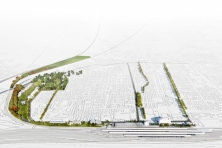
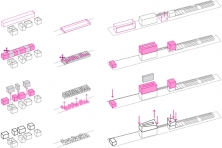
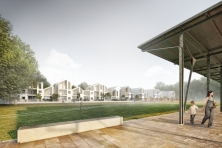
3. How did this issue and the questions raised by the site mutation meet?
The city of Mestre and the urban area next to the railway station have suffered a strong physical and social degradationin the last decade. Through the addition of new functions and public spaces (squares, green areas and residential and tertiary activities) our proposal tries to re-qualify the zone from an economic and social point of view, improving urban quality.
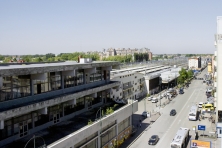
4. Have you already treated this issue previously and could you present some reference projects that inspired yours?
Working in Venice, we are familiar with the topic of building on the existent. The restoration of a historic building, the insertion of a new volume in a consolidated urban context or the re-functionalization of an urban complex area are all issues that we have faced for long with caring attitude.
The extraordinary interventions that have addressed the issue of “ build on the built” and “opportunity of emptiness" and that inspired our work were:
- Castel Sant'Angelo (16th cent.), in Rome (IT): a real "addition" –by Raffaello Sinibaldi da Montelupo & Antonio da Sangallo il Giovane– to Emperor Adriano's Mausoleum
- Aldo van Eyck's playgrounds (1946-76), in Amsterdam (NL): very popular playgrounds built in the areas that were bombed during the World War II and that later became meeting places and gave the neighborhoods a new identity.
- The Walls of Lucca (IT): an obsolete defensive work is transformed into a large public park.
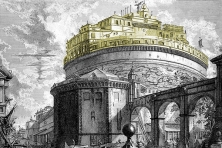
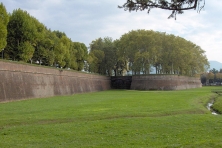
5. Today –within the era of an economic crisis and sustainability– the urban-architectural project should reconsider its production method in time; how did you integrate this issue in your project?
The difficult economic situation currently affecting the construction industry, the uncertainty of forecasts for the short and medium term as well as the weak demand for new buildings in the city –where the presence of unsold properties is already very high– made us imagine a project that incrementally uses the maximum volume expected. In a first phase the new buildings will have to respond to the immediate needs of the city; later on, in case the performances of the economy and real estate market allow it, new constructions may be implemented on a free land, using the volumes that were not expressed at first.
6. Is it the first time you have been awarded a prize at Europan? How could this help you in your professional career?
This is the first time we have participated to Europan. Winning this contest is definitely a professional satisfaction that gratifies and encourages us. For decades, the area of competition has been the subject of projects, hypothesis, thesis ideas that only remained on paper. We hope that our project will become a reality and not go to swell the store of ideas for a strategic area of the city of Mestre. Winning Europan will then be a milestone in our professional career.